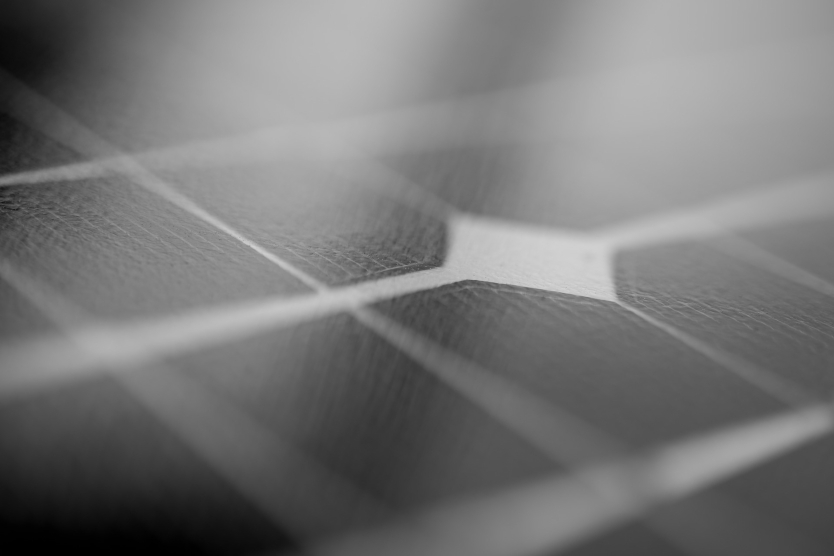
The application of hybrid, energy-harvesting solar cells can increase the overall system energy efficiency significantly.
© Pixabay
Energy harvesting is the process of gathering energy from ambient and unused energy sources – such as solar heat, waste heat and vibrations – and converting it into electricity. It could, in theory, make an important contribution to Germany’s heat transition and the decarbonisation of industry. So why isn’t it more widely used? The simple answer is the current technology is too expensive and not very reliable.
That is why the Cologne University of Applied Sciences (TH Köln) is taking part in a pan-European, multi-partner project to discover economically viable materials, high-performance components, and systems for harvesting energy in the future. "So far, there is a lack of efficient manufacturing processes to produce reliable materials without rare elements at low cost for energy harvesting," summarises Professor Christoph Hartl from the Institute of Production at TH Köln in a press release.
The scope of the FAST-SMART project also covers the development of prototype systems and efficient manufacturing processes. For example, Hartl’s team is working on a hybrid solar collector which combines conventional solar cells with energy-harvesting components. “Solar panels heat up during operation, reducing their efficiency,” Hartl explains. “This heating is reduced by integrating the energy-harvesting systems. This results in an increase in overall system energy efficiency on the order of probably 20 to 25 percent and gives room for investment in hybrid additions."
Professor Hartl points to the “enormous potential” of harvesting technologies for low energy applications such as the sensors used in the Internet of Things, which can then run without cables or batteries, leading to simpler and more regenerative systems.
The project is funded within the EU’s Horizon 2020 program with a total volume of around EUR 7 million until March 2024.


